Dive into the world of Chinese calligraphy, an ancient art form central to China culture. Explore its history, tools, and techniques, and discover where to learn this beautiful craft during your China tour.
The History and Significance of Chinese Calligraphy
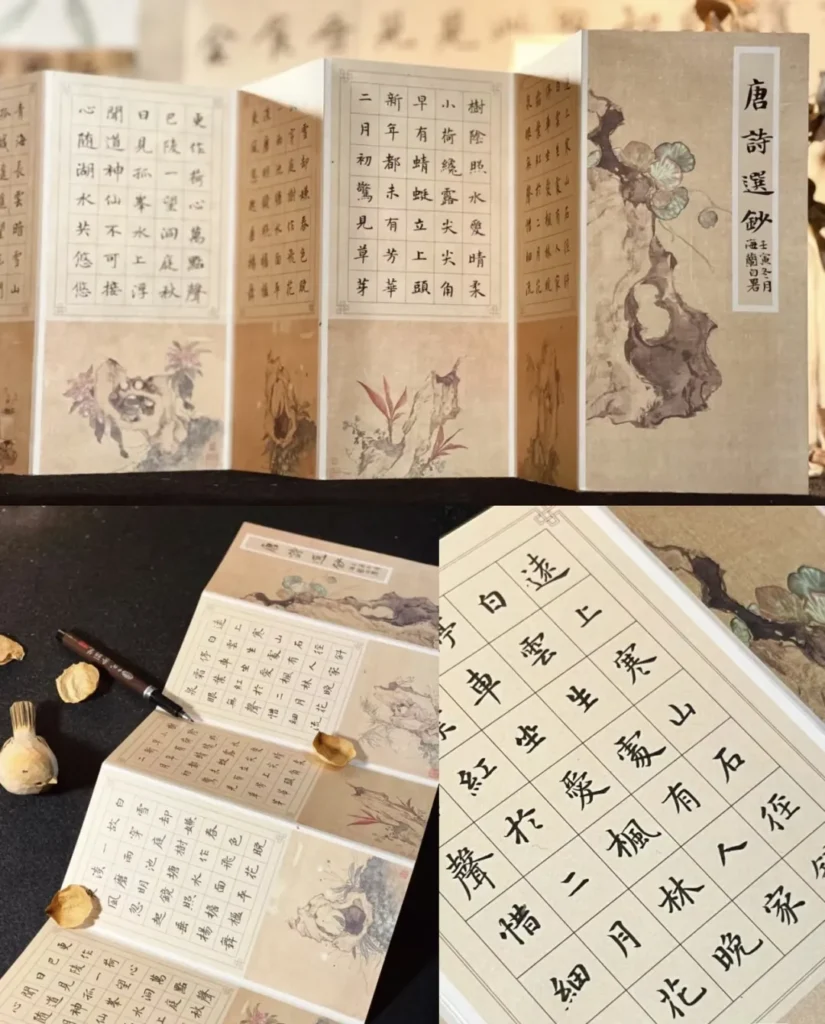
Chinese calligraphy is more than just a method of writing—it’s a core expression of Chinese culture and artistry. If anything embodies the philosophy, spirituality, and beauty of the East, it is calligraphy.
Calligraphy is the core of the core of Chinese culture.
Indeed, calligraphy has always held a special place in China’s history. It serves as a bridge between the ancient and the modern. Whether touring museums, exploring old buildings, or admiring poetry and paintings, the fluid strokes of calligraphy draw admiration. Each viewer finds a personal connection to this profound art.
Over the centuries, Chinese writing evolved into an art that goes beyond simple communication. From the oracle bones of the Shang Dynasty to the refined strokes of the Tang Dynasty, calligraphy shows the intellectual and emotional depth of China. Masterpieces like Wang Xizhi’s Lantingxu (Orchid Pavilion Preface) reveal how calligraphy captures the creator’s emotions. Each brushstroke, light or heavy, reflects the elegance of the Jin Dynasty scholars.
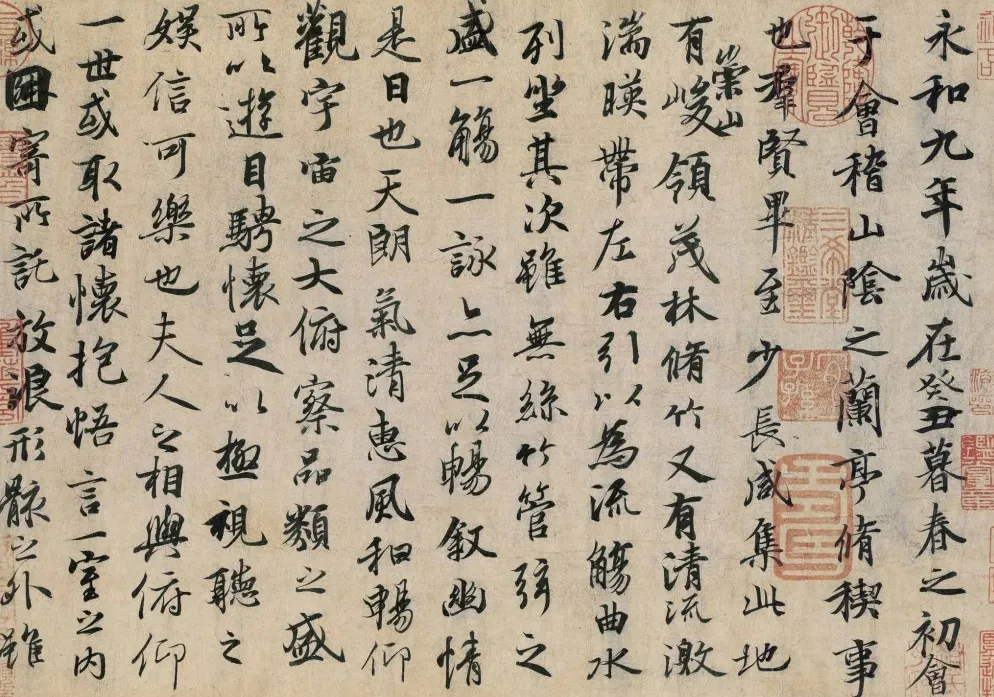
Wang Xizhi’s ‘Lantingji Xu,’ written in classical calligraphy. The pages are complemented with ink illustrations of natural elements
Calligraphy isn’t just visual art; it’s a vessel for expressing thoughts, emotions, and the human spirit. The rhythmic movement of brush and ink across the paper is often likened to a poetic dance, and a well-executed piece of calligraphy can evoke as much emotion as a beautiful poem.
Essential Tools and Techniques for Chinese Calligraphy
To practice Chinese calligraphy, one must first master the “Four Treasures of the Study”: the brush, ink, paper, and inkstone. These tools are integral to the creation of this timeless art.

- Brush: Traditionally made from animal hair, such as wolf or rabbit, it offers the flexibility needed for both bold and delicate strokes.
- Ink: Ground from ink sticks on an inkstone, it is mixed with water, allowing the artist to control the ink’s intensity.
- Paper: Highly absorbent rice paper is favored for showcasing fluid and precise strokes.
- Inkstone: Essential for grinding the ink sticks, the inkstone ensures consistency in the texture and color of the ink.
The mastery of calligraphy lies in controlling the balance of pressure, speed, and movement. Each character tells a story. From the fine lines of Small Seal Script to the sweeping, dynamic strokes of Cursive Script, the techniques reflect distinct periods of Chinese artistry. The beauty of calligraphy isn’t just in the perfection of the characters; it’s in capturing the “气” or qi (energy) behind each stroke.
Calligraphy is not just a technique; it’s an aesthetic pursuit.
—— Jiang Xun
Aesthetic and Spiritual Link in Chinese Calligraphy
Chinese calligraphy is beautiful for reasons other than only aesthetic ones. It also sends strong emotional and spiritual links.
In Yan Zhenqing‘s Ji Zhi Wen Gao (Drafts of the Memorial to Nephew), for example, every brushstroke reveals the author’s pain and suffering. The shifting line thickness captures the emotional intensity of the An Lushan Rebellion. Other well-known pieces, such as Wang Xizhi’s Lantingxu, where the flowing lines imitate the calm elegance of intellectuals enjoying a riverfront assembly, also show this emotional depth.
Calligraphy also catches the individual travels of its writers. With his brushstrokes capturing his disappointments, gloom, and resiliency, Su Shi’s Huangzhou Cold Food Poem presents a very intimate meditation. Ink would be just black and paper would remain just paper without calligraphy. But with it, the memories and ideas of leaders like Li Bai and Cao Zhi remain alive for the next generations.
Where to Learn Chinese Calligraphy
Inspired to learn this ancient craft during your China tour? Here are a few of the top places across China where you can dive into Chinese calligraphy:
- The China Calligraphy Museum (Beijing): A must-visit for history buffs, this museum showcases historical calligraphy works and offers workshops for beginners.
- Shanghai Culture Center: A hub for traditional Chinese arts, including immersive calligraphy classes.
- Xi’an Calligraphy Workshops: Located near historical sites, these workshops offer hands-on learning experiences, allowing you to practice calligraphy while exploring one of China’s ancient capitals.
Participating in a calligraphy workshop during your tour offers an enriching opportunity to connect deeply with Chinese culture while learning a skill passed down through the ages.
Conclusion
Calligraphy, at the core of Chinese culture, deftly combines philosophical knowledge into one engaging art form with emotional depth and artistic beauty. Whether your China trip involves calligraphy or historical research, this age-old skill will let you appreciate China’s great artistic talent. Travel and attend a calligraphy lesson to see personally how this ancient craft has molded the attitude of Chinese people over the decades.
Discover the Chinese calligraphy art on your China Explorer Tour trip! Discover its background, tools, methods, and where on your travels you could hone this exquisite trade.
China presents a wide range of lodging choices to fit each budget and need of the visitor. There is something for everyone from opulent Shanghai hotels to cheap Beijing hostels. You may maximize your trip in China by thinking through the kind of lodging, top places to visit, and sensible booking advice. Think about China Explorer Tour’s offerings to help you negotiate and appreciate the finest lodging and cultural experiences for a flawless and enriching trip.
For a more in-depth knowledge of China’s history and culture, we advise accompanying guided tours. These excursions can also give access to locations you might find challenging on your own.
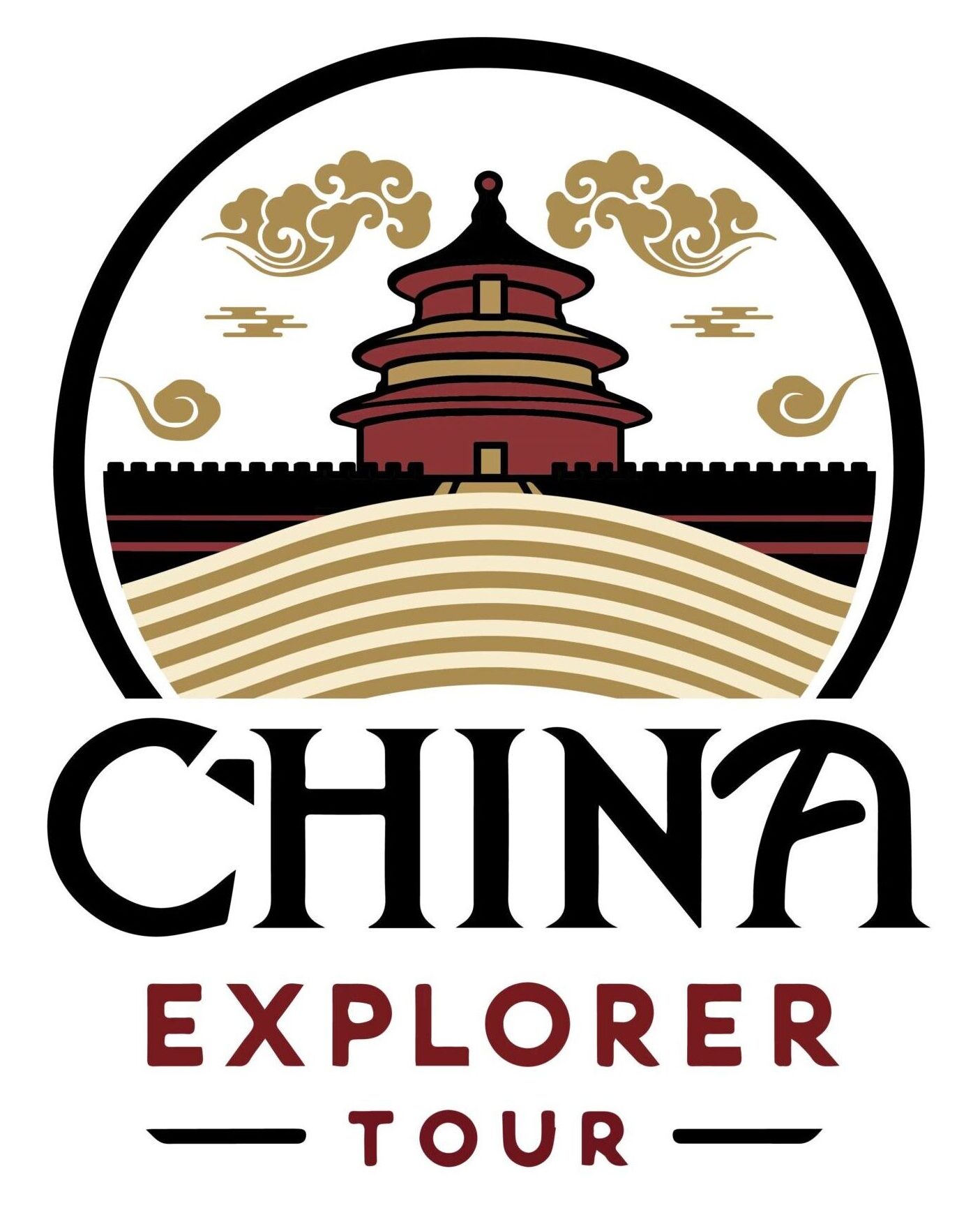
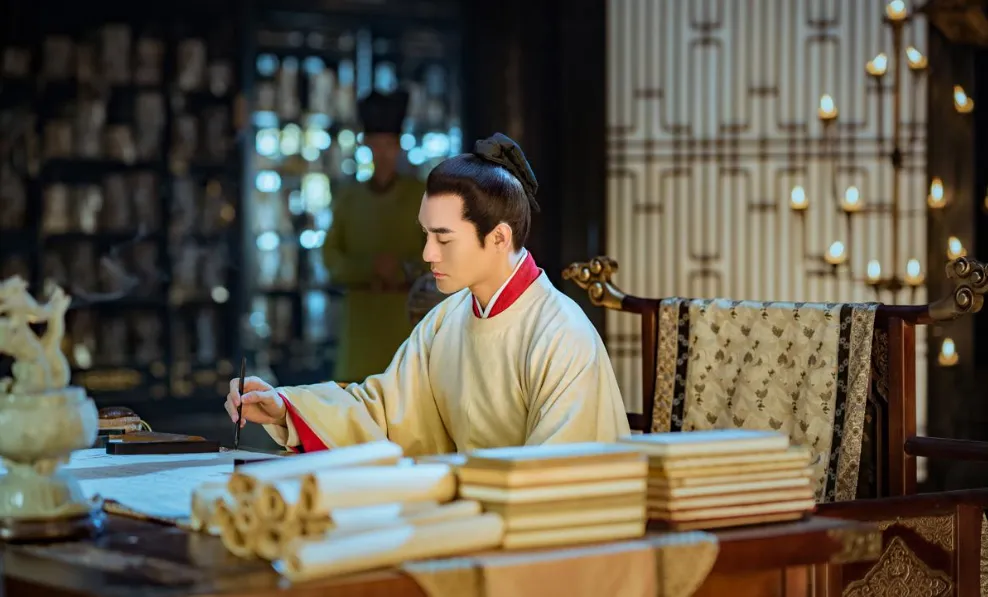



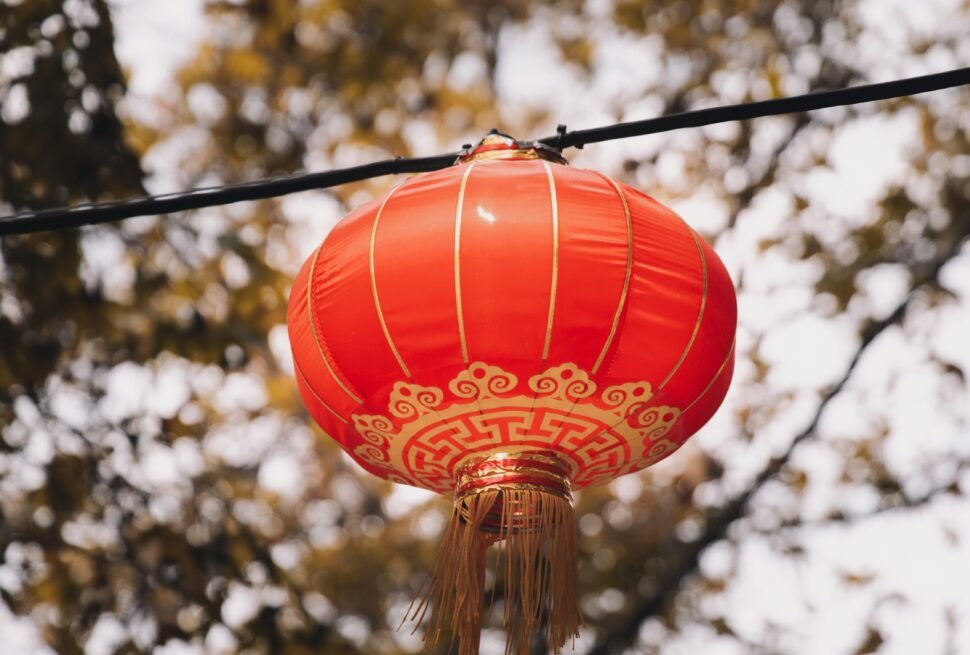
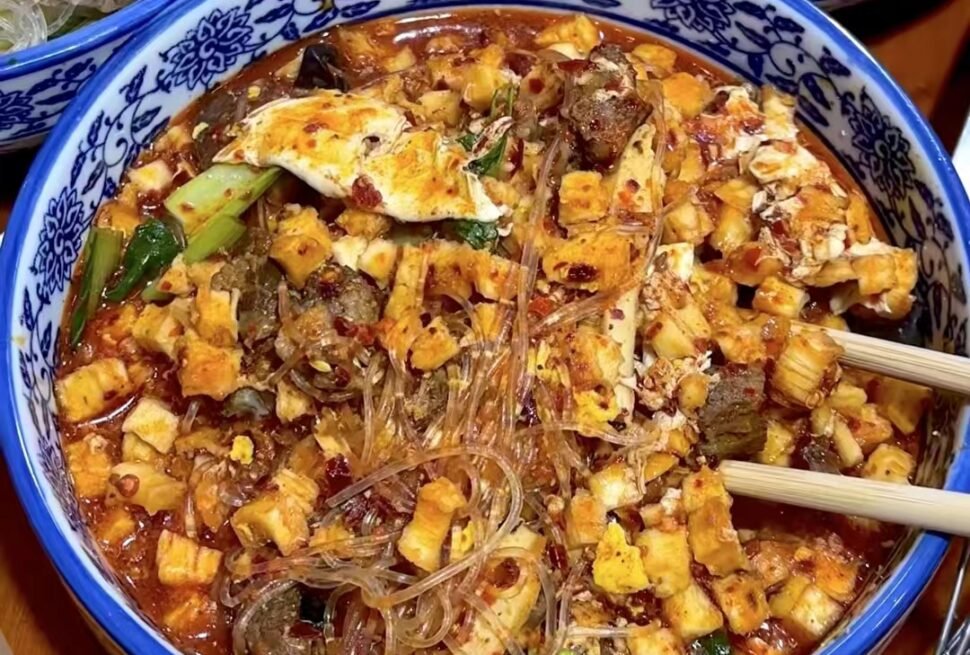


Great site. A lot of useful information here. I¦m sending it to some friends ans also sharing in delicious. And obviously, thanks on your sweat!
Nice Article